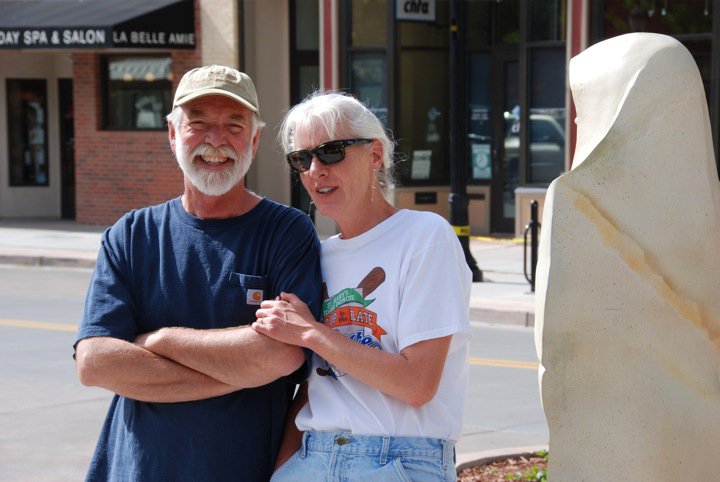In 1982, The BLM published a document titled The Valley of Opportunity, A History of West-Central Colorado; written by Steven F. Mehls. It describes all aspects of the history of the area, starting in the 1700s. I’m in the process of reading through, and lifted a few highlights to give you a picture of what Dr. Masser must have known about during the time he lived in the area and built the house. I still have more to read, but wanted to let you get a feel for it…more later! (As a reminder, Dr. Masser built the house in 1902.) I’ve found additional information, images and video on some of the highlights that you’ll find in the hyperlinks embedded in this post! Cool stuff!
- In the 1900s when Masser built the house, there was quite a bit of mining going on, including oil shale–which had a bust in the 1920s.
- The first motorized car visited Glenwood Springs in 1902, Grand Junction had a visit from a motor car, a 1902 one-cylinder Packard dubbed Old Pacific, driven by Tom Fetch traveling from San Francisco a year later. (NOTE: The house was built with a carriage house, not a garage!) “E.T. (Tom) Fetch is shown taking time out for a smoke while sitting in the one-cylinder 1902 Packard Runabout he drove during his 1903 trek from San Francisco to New York City.” (This image is from the Mitch Frumkin collection via Old Cars Weekly.)
- There were very few roads, but many of them were built by John Otto!
- Glenwood, GJ and Fruita campaigned to be part of a transcontinental highway being planned by the Federal Government and were successful–they were in the path of the first paved transcontinental highway, laid out in 1916.
- Two electric railways operated between Fruita and Palisade, mainly transporting fruit to the cannery in Fruita.
- The Uintah Railway created Mack as a hub to haul in gilsonite, an important component of asphalt for new roadways. A gilsonite refinery was constructed in Fruita in 1905, stimulating the economy.
- Ranching spread to the Grand Valley in the 1880s, along with range disputes, gunfights, etc. Mexican workers arrived in Fruita in the 1890s and became well known for their sheep herding skills. By 1910, Basque sheep herders had arrived. Soon after sheep and cattle arrived on the west slope, natural antagonisms flared into violence that turned into a sort of open warfare that lasted well into the 20th century. In the 30s, Charlie Glass, a Fruita folk hero since 1917, was killed by Basques in retaliation for Glass killing a Basque.
- All manner of “wild west” lawlessness was occurring on the West Slope at that time. A gang of cattle rustlers, The Brock Gang, operated in the Fruita area. During the 1890s, rustlers operated near the state line for easy escape. Horse Thief Valley west of Fruita was a collection point for stolen stock until there was enough to drive them to Utah. The McCarty Gang robbed banks, stagecoaches and trains in the area, at one time they were associated with Butch Cassidy.
- The most dramatic train robbery happened in 1904, when 3 outlaws, one of which was Harvey Logan, aka Kid Curry commandeered a D&RGW train in Parachute. There’s a sign at the Parachute rest stop commemorating this.
Exciting times our Dr. Masser lived in!




Can’t think of anyone better to take care of this landmark home! Bill and Donna will put their hearts and soles into the house (plus lots of blood, sweat, and tears)!
Pingback: Happy Anniversary! | Love That House
I have been told that my great grandfather, Charles Masser, drove a doctors buggy around to see his patients.
https://images.app.goo.gl/hJ6iMnfNVvDnzriL9
Very cool! There was a carriage house on the property where it must have been stored!